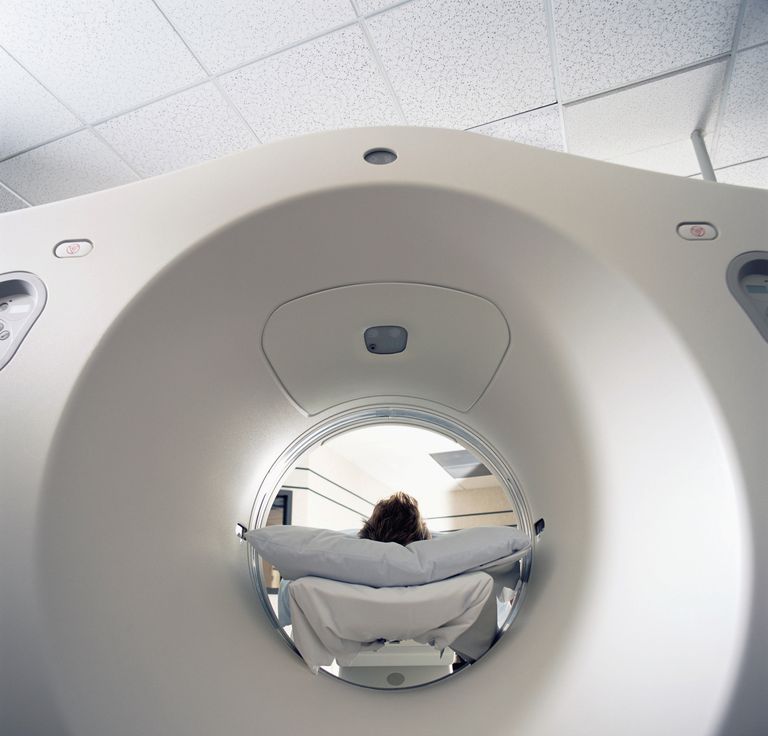
Magnetic Resonance Imaging (MRI) is a test that has been useful for decades in diagnosing problems of the brain, spine, joints, and other stationary organs. In recent years, thanks to newer techniques, MRI is also proving very useful in evaluating the organs that move — including the heart and major blood vessels.
What Can Cardiac MRI Do Today?
Thanks to technological advancements, MRI has become very useful in the evaluation of many cardiovascular conditions. The advancements that have especially enhanced cardiac MRI have been gating techniques, which eliminate most of the motion artifact caused by the beating heart; and the use of gadolinium, a contrast agent injected into the bloodstream, that helps MRI differentiate various tissue processes in the heart and blood vessels.
Aortic Disease: Thanks to the precise and detailed images that can be generated, MRI has revolutionized the evaluation of diseases of the aorta. These include aortic aneurysm, aortic dissection, and coarctation. MRI scanning has become a routine and nearly indispensable aid to surgical repair of disorders of the aorta.
Several applications of cardiac MRI are being studied that should eventually enhance the usefulness of this technique even further. These include:
- Detecting acute coronary syndrome (ACS). MRI has the potential to assist in quickly making the diagnosis of ACS when a person has chest pain, so that therapy can begin sooner.
- Diagnosing coronary artery blockages. Using MRI to visualize the coronary arteries is possible, but there are several limitations that prevent its routine use today. MRI is quite accurate in detecting blockages in the larger sections of the coronary arteries, but either misses or over diagnoses blockages in the smaller sections. Newer technologies are under development that may improve this result.
- Diagnosing cardiac syndrome X (microvascular coronary artery disease). MRI has been used to detect abnormal blood flow to parts of the heart muscle, despite an absence of “typical” CAD. This finding gives objective evidence that cardiac syndrome x is present.
source: Very Well Health
